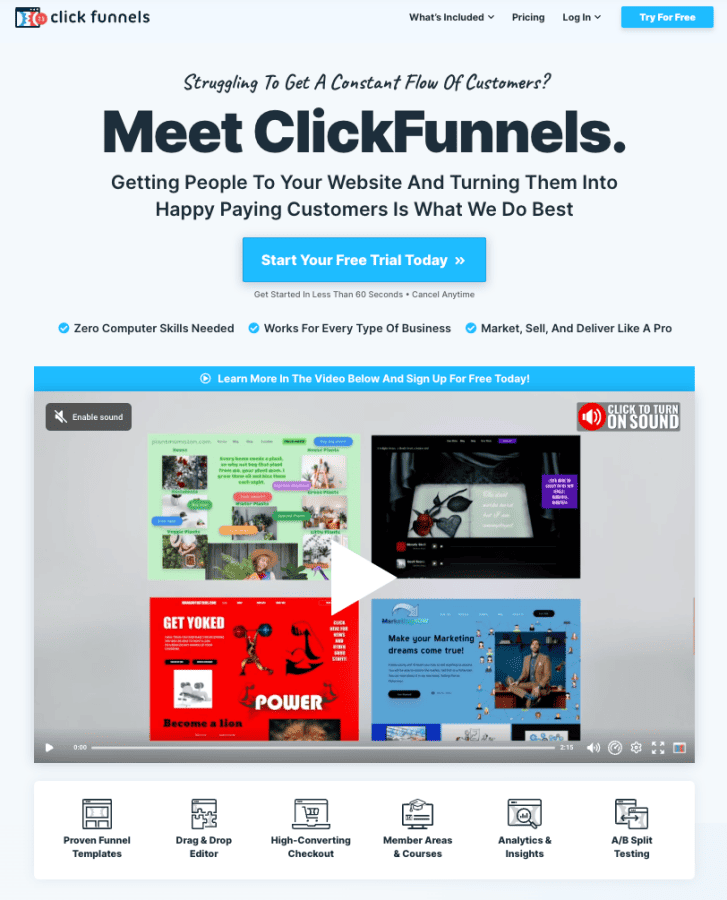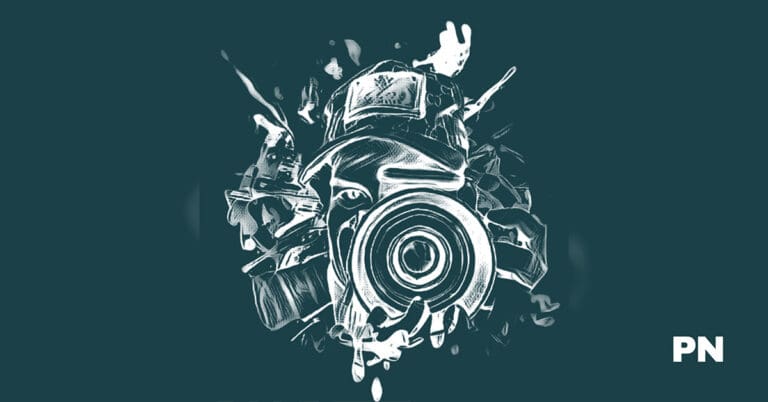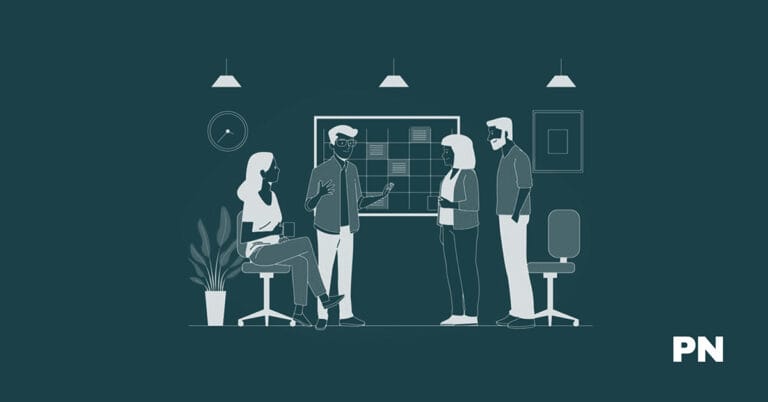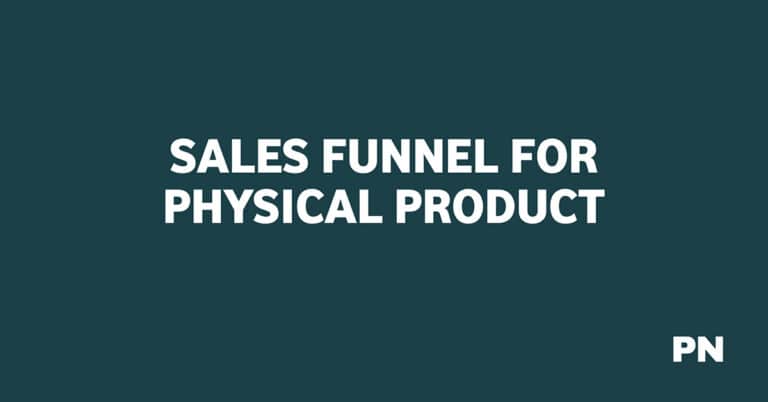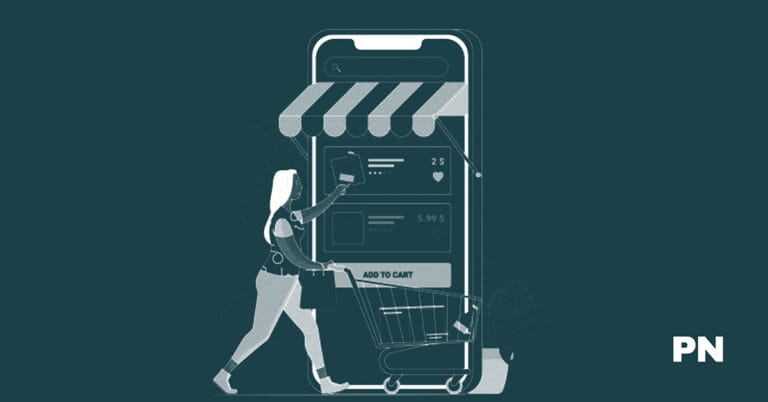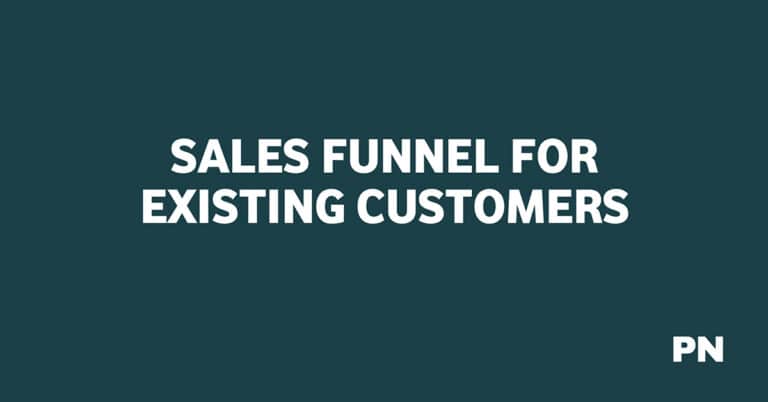Sales Funnel for Website Design Guide
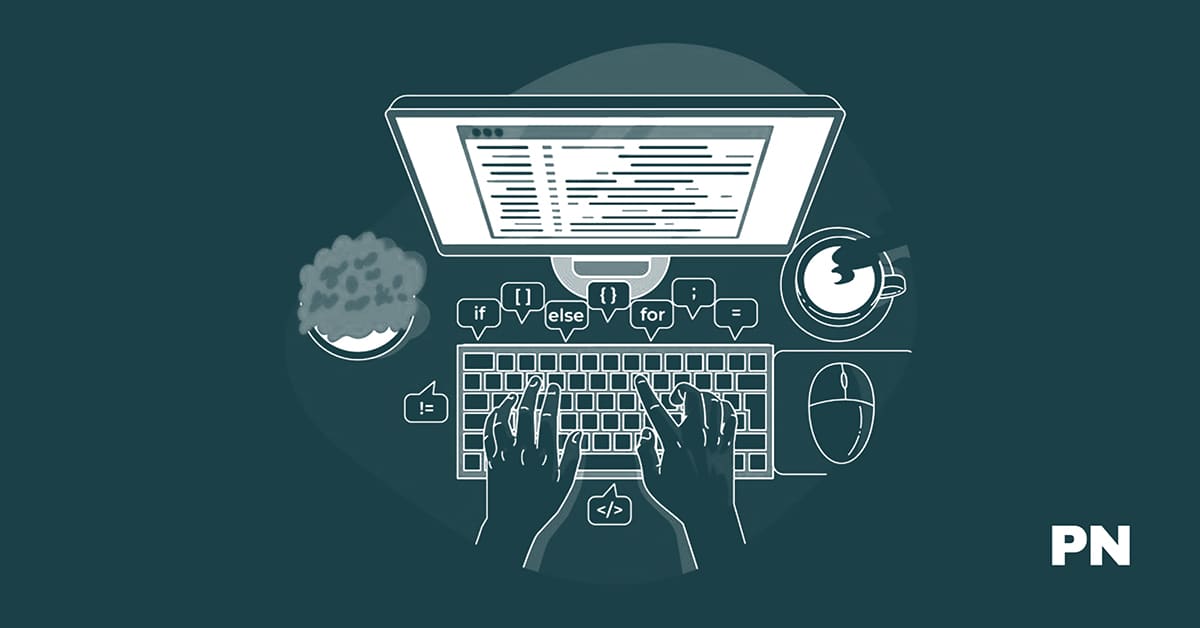
Did you know a well-designed sales funnel can improve your website’s conversion rates and increase revenue?
A sales funnel is a marketing strategy that guides potential customers through a series of steps to convert them into paying customers.
By optimizing your website design to accommodate a sales funnel, you can provide a clear path for your visitors to follow and increase their chances of purchasing.
Many people believe that website design is all about aesthetics, but it’s much more than that. A well-designed website should look good and be functional, easy to navigate, and optimized for conversions.
By incorporating a sales funnel into your website design, you can create a seamless experience for your visitors and guide them toward purchasing.
In this guide, I’ll show you how to design a sales funnel for your website that will help you convert more visitors into customers. I’ll cover everything from the basics of sales funnels to the design elements you must consider to make your funnel effective.
So, whether you’re just starting or looking to optimize your existing website, this guide will provide the knowledge you need to succeed.
What is a Website Design Sales Funnel?
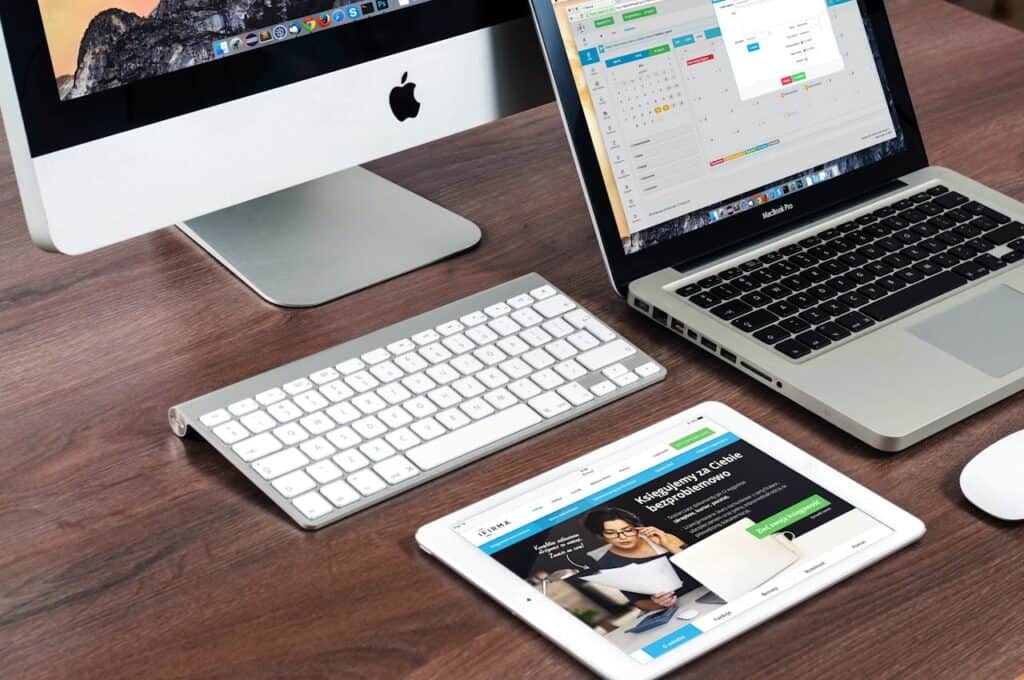
A website design sales funnel guides potential customers through a series of steps toward purchasing from your website.
It’s a way to convert website visitors into paying customers. By understanding the needs and behaviors of your target audience, you can create a sales funnel that will effectively guide them toward the desired action.
The sales funnel typically consists of four stages: Awareness, Interest, Decision, and Action. Here’s a breakdown of each stage:
Awareness
This is the first sales funnel stage, where potential customers become aware of your brand and what you offer. This can happen through various channels such as social media, search engines, advertising, or word of mouth. Creating a positive first impression and capturing their attention is essential at this stage.
Interest
Once potential customers know your brand, they may want to learn more about your offer. To keep them engaged, you need to provide them with more information about your products or services and how they can benefit.
Decision
At this stage, potential customers are intensely interested in your products or services and are considering purchasing. You must give them the information they need to make an informed decision.
You may want to showcase customer reviews, testimonials, or case studies to help build trust and credibility.
Action
This is the final stage of the sales funnel, where potential customers make a purchase or take the desired action. It’s essential to make the process as easy as possible.
This may involve optimizing your checkout process, providing multiple payment options, or offering a money-back guarantee.
By creating a website design sales funnel that effectively guides potential customers through each process stage, you can increase your chances of converting them into paying customers.
Why Do You Need a Website Design Sales Funnel?
If you run a website, you probably want to convert your visitors into customers. A sales funnel is a powerful tool for this.
Here are some reasons why you need a website design sales funnel:
1. To guide your visitors
A sales funnel can guide your visitors through the buying process. By breaking down the journey into smaller steps, you can make it easier for them to decide.
For example, you can start with a landing page that highlights the benefits of your product or service. Then, you can offer them a free trial or a discount code to encourage them to take action. Finally, you can present them with a checkout page that makes it easy for them to complete the purchase.
2. To increase your conversion rate
A sales funnel can help you increase your conversion rate. By optimizing each step of the funnel, you can reduce the number of visitors who drop off and increase the number of visitors who become customers.
For example, you can use A/B testing to compare different versions of your landing page and see which one performs better. You can also use retargeting ads to bring back visitors who abandoned their carts.
3. To build trust and credibility
A sales funnel can help you build trust and credibility with your visitors. By providing them with valuable content and addressing their concerns, you can show them that you’re an expert in your field and care about their needs.
For example, you can create a blog post that explains how your product or service can solve a common problem. You can also include customer testimonials and case studies that demonstrate the results you’ve achieved for other clients.
A website design sales funnel can help you guide your visitors, increase your conversion rate, and build trust and credibility. Creating a well-designed and optimized funnel can make your website a powerful tool for generating leads and sales.
Stages of the Website Design Sales Funnel
The sales funnel is a crucial concept to understand in website design. The marketing model illustrates a customer’s journey from initial awareness of a product or service to the final purchase.
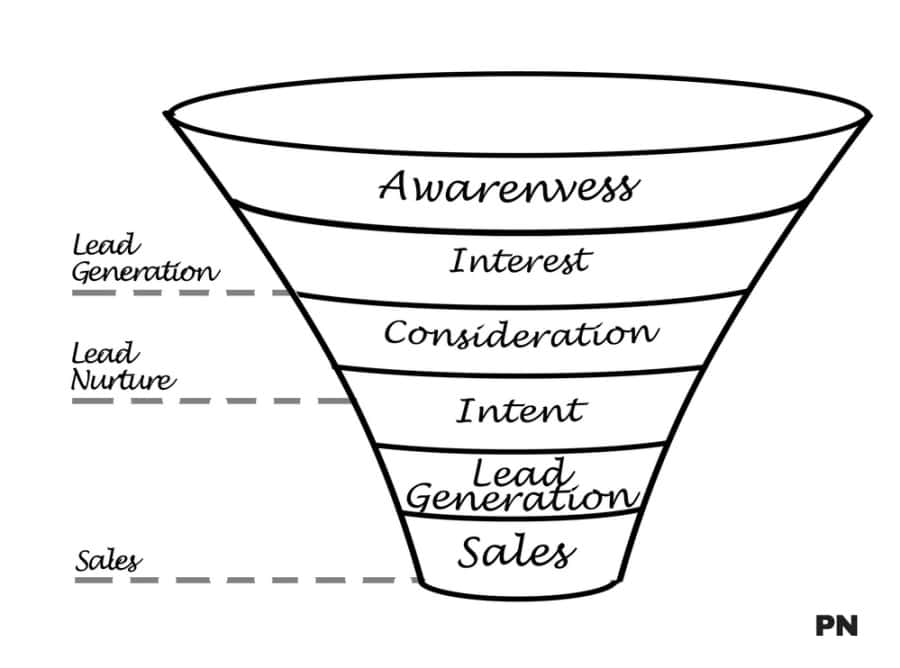
In website design, the sales funnel guides potential customers through the website to take the desired action.
The Awareness Stage (Top of the Funnel, TOFU)
The awareness stage is the first stage of the sales funnel.
At this stage, potential customers become aware of your website and your products or services. This stage is critical because it is likely customers’ first impression of your website. Creating a positive first impression and providing value to potential customers is essential to keep them engaged.
You can use different advertising strategies to create awareness, such as paid media, paid social campaigns, influencer marketing, referrals, or content marketing.
Creating valuable content that addresses the needs of your target audience is an effective way to attract potential customers to your website.
The Consideration/Evaluation Stage (MOFU)
The consideration/evaluation stage is the second stage of the sales funnel. At this stage, potential customers are considering purchasing your products or services. They evaluate the benefits and drawbacks of your products or services and compare them to your competitors.
At this stage, providing potential customers with the information they need to make an informed decision is crucial. You can use customer testimonials, case studies, and product demos to showcase the value of your products or services.
Providing valuable information and addressing potential concerns can help build trust with potential customers and increase the likelihood of a purchase.
Purchase Stage (Bottom Of The Funnel)
The purchase stage is the final stage of the sales funnel. Potential customers have decided to purchase your products or services at this stage. It is essential to make the purchasing process as easy as possible.
Providing multiple payment options, transparent pricing, and a user-friendly checkout process can help reduce the likelihood of abandoned carts.
Post-Purchase Stage
The post-purchase stage is critical for building customer loyalty and increasing the likelihood of repeat purchases. At this stage, excellent customer service and support are essential.
You can use email marketing, social media, or other channels to stay in touch with customers and provide them with valuable information and resources.
Repeat Purchase Stage
The repeat purchase stage is the ultimate goal of the sales funnel. Customers are loyal to your brand and will likely make repeat purchases at this stage. Providing excellent customer service, quality products, and valuable resources can help build customer loyalty and increase the likelihood of repeat purchases.
Understanding the sales funnel is critical for website design. By guiding potential customers through the sales funnel, you can increase the likelihood of a purchase and build customer loyalty. By providing valuable information and resources at each stage of the sales funnel, you can create a positive customer experience and increase the likelihood of repeat purchases.
How Do I Create a Website Design Sales Funnel?
Creating a website design sales funnel involves several crucial steps that can help you convert visitors into customers.
Here are the steps and why each matters in a website design funnel:
- Create a strong landing page: The first step in creating a website design sales funnel is to create a strong landing page. This page should be designed to capture the attention of your visitors and encourage them to take action. A well-designed landing page will have a clear call-to-action (CTA) telling visitors what to do next.
- Offer a lead magnet: A lead magnet is a valuable content you offer your visitors in exchange for their contact information. This could be a free e-book, a video tutorial, or a discount code. Offering a lead magnet is an effective way to build your email list and start nurturing your leads.
- Nurture your leads with email marketing: Once you have captured your visitors’ contact information, you can start nurturing your leads with email marketing. This involves sending targeted and personalized emails to your subscribers to build trust and establish a relationship with them.
- Create a sales page: A sales page is where you present your product or service and explain how it can solve your visitors’ problems. This page should be designed to convert visitors into customers. A well-designed sales page will have a clear value proposition, social proof, and a strong CTA.
- Optimize your website for conversions: Finally, you should optimize your website for conversions. This involves analyzing your website’s performance and making changes to improve its effectiveness. This could include A/B testing, optimizing your CTA, and improving your website’s loading speed.
By following these steps, you can create a website design sales funnel that is effective and optimized for conversions. Remember to focus on building a solid user experience and providing value to your visitors at every funnel stage.
What is The Best Funnel Software for Website Design?
When it comes to website design, the best funnel software is ClickFunnels. ClickFunnels is designed to help website design entrepreneurs build sales funnels faster and scale/grow their businesses quickly.
It offers a variety of features that make it the best choice for website design entrepreneurs.
One of the key features of ClickFunnels is its website design features. ClickFunnels offers a variety of website design templates that are easy to use and customize. These templates help website design entrepreneurs build professional-looking sales funnels quickly and easily.
Another great feature of ClickFunnels is its ability to upsell and downsell. ClickFunnels makes it easy to add upsells and downsells to your sales funnels, allowing you to increase your revenue and profit margins.
You can also easily add upsells and downsells to your checkout process, increasing your average order value.
ClickFunnels offers free funnel templates to help website design entrepreneurs get started quickly. These templates are customizable and can be used to create various sales funnels.
Frequently Asked Questions
What is a funnel in a website design business?
A funnel in a website design business is a series of steps or stages a visitor goes through before becoming a customer. The goal of a funnel is to guide visitors toward a specific action, such as filling out a form or making a purchase.
A funnel helps businesses understand how visitors interact with their website and identify areas for improvement.
What are the key stages in developing a website design sales funnel?
The key stages in developing a website design sales funnel include:
- Awareness: This is the stage where visitors become aware of your business and what you offer.
- Interest: Visitors are interested in your business and are considering your products or services.
- Decision: Visitors have decided to make a purchase or take another action.
- Action: Visitors take action and become customers.
How do you create an effective website design sales funnel?
To create an effective website design sales funnel, you need to:
- Understand your target audience and their needs.
- Define your funnel stages and the actions you want visitors to take at each stage.
- Create compelling content that guides visitors toward the desired action.
- Use clear calls to action and make it easy for visitors to take the desired action.
- Continuously test and optimize your funnel to improve performance.
How can I optimize my website design funnel for higher conversion rates?
To optimize your website design funnel for higher conversion rates, you can:
- Simplify your funnel stages and reduce the number of steps visitors need to take.
- Use clear and compelling content that speaks to your target audience.
- Use social proof and testimonials to build trust and credibility.
- Use persuasive calls to action that encourage visitors to take action.
- Continuously test and optimize your funnel to improve performance.
What metrics are crucial for analyzing the performance of a website design funnel?
The metrics that are crucial for analyzing the performance of a website design funnel include:
- Conversion rate: The percentage of visitors who take the desired action.
- Bounce rate: The percentage of visitors who leave your website without taking any action.
- Time on site: The average time visitors spend on your website.
- Exit rate: The percentage of visitors who leave your website from a specific page.
How do industry benchmarks influence website design conversion funnel performance?
Industry benchmarks can help businesses understand how their website design conversion funnel performance compares to others in their industry.
By analyzing industry benchmarks, companies can identify areas for improvement and set realistic goals for their funnel performance.
However, it’s important to remember that every business is unique, and what works for one company may not work for another.
Wrapping Up
Congratulations! You now have a solid understanding of sales funnels and how they can be used to increase conversions on your website. By implementing the tips and strategies outlined in this guide, you can create a highly effective sales funnel that drives more leads and sales to your business.
Remember that a successful sales funnel is about providing value to your audience, building trust, and guiding them toward a conversion. Keep your messaging clear and consistent throughout the funnel, and optimize each step for maximum impact.
As you refine and optimize your sales funnel, track your results and make data-driven decisions. Use tools like Google Analytics and A/B testing to measure your performance and identify areas for improvement.
With a well-designed sales funnel, you can take your website to the next level and achieve your business goals. So go ahead, implement these tips, and watch your conversions soar!
Disclosure: We may earn commissions if you buy via links on our website. Commissions don’t affect our opinions or evaluations. We’re also an independent affiliate of many platforms, including ClickFunnels, Kartra, GoHighLevel, Podia, Northwest Registered Agent, and others. We’re not employees of these services. We receive referral payments from them, and the opinions expressed here are our own and are not official statements of these companies.
